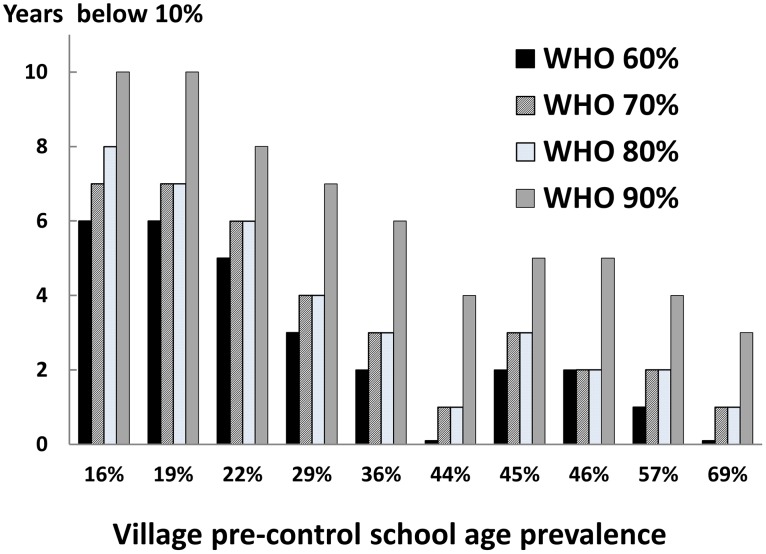Figure 6. Likely impact of treatment adherence on long-term suppression of village prevalence using current WHO strategies.
In this simulation, village-level outcomes are projected in terms of the number of post-treatment ‘safe’ years (i.e., years with school age prevalence <10%) that are likely if assigned treatment is ended once an areas achieves a <10% prevalence in all villages. Here, control is achieved using standard WHO treatment assignments, with the differently shaded bars indicating different levels of treatment adherence. (As detailed in Figure 4, such control requires 8 years of treatments when adherence is 60%, 6 years at 70% and 4 years at 80–90% adherence.) Of note, the duration of control varies strongly depending on each village's pre-intervention level of school age infection prevalence. Where adherence is low, the initially high-prevalence villages very quickly rebound to >10% prevalence and associated risk for disease. Where overall coverage is much higher (90%), every village is projected to have at least 3 years of ‘safety’ below 10% school age prevalence. Independent of adherence levels, the 5 villages with the lowest initial prevalence levels were projected to have at least 2 ‘safe’ years after the suspension of program-based treatment.

